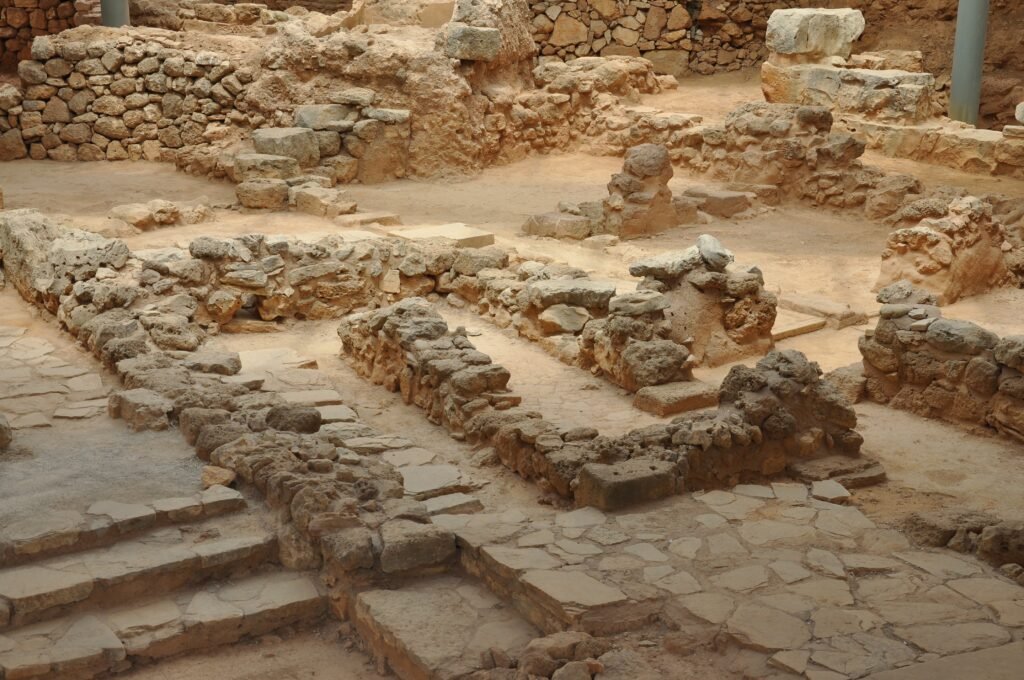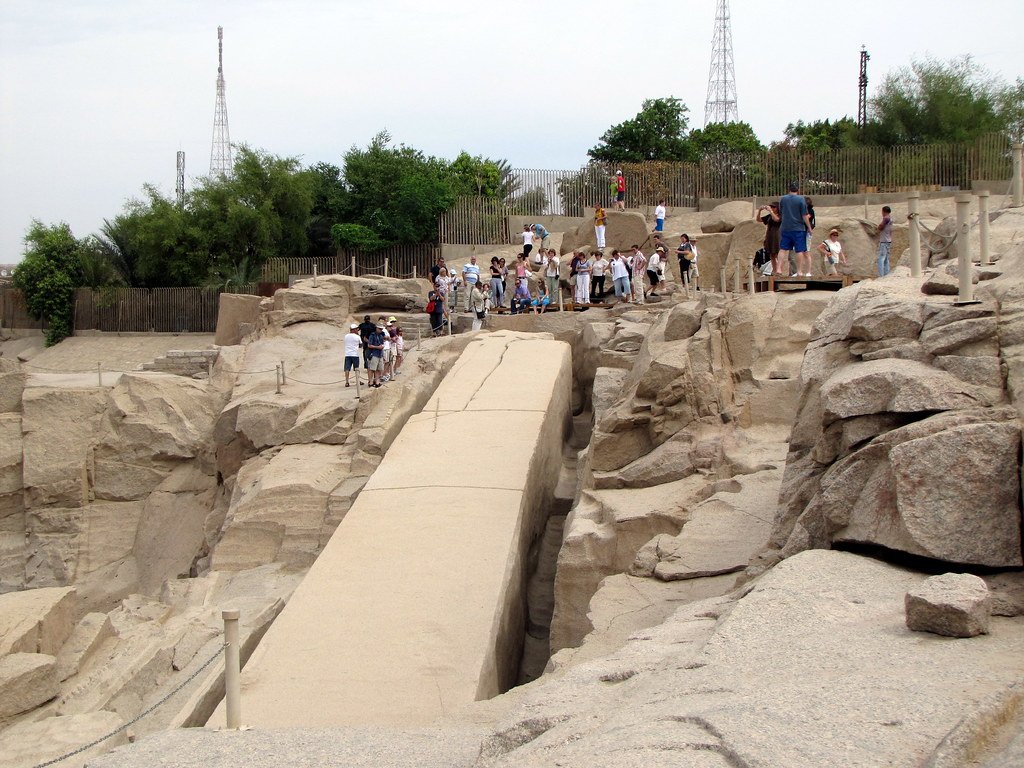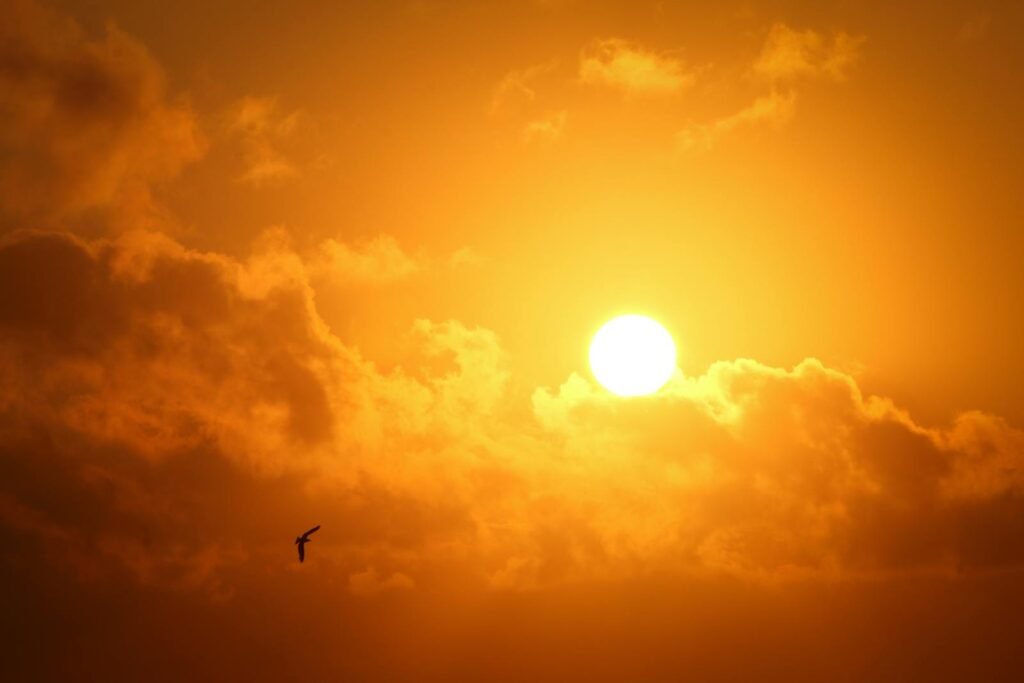One night, the sea went dark. By morning, the ships were gone, harbors choked with debris, and a coast that had thrummed with trade fell strangely silent. In the middle of the second millennium BCE, a thriving Aegean maritime world centered around Thera and Crete experienced a blow so abrupt that later storytellers would call it a vanishing. Today, archaeologists are still stitching together what happened, pulling signals from ash, seabeds, and inscriptions that refuse to give up their secrets. This is both a puzzle and a race: each season reveals a clue, yet tides and time keep rearranging the pieces.
The Vanishing Night: Shock on the Aegean Shore
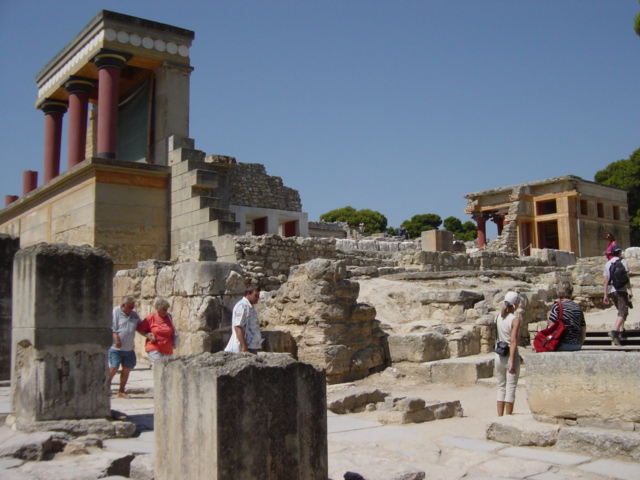
Could a civilization really disappear in a single night? For coastal communities tied to the Minoan sphere, it would have felt that way as the Thera volcano tore open the sky and the sea heaved inland. Markets that had swapped copper, saffron, and exquisite ceramics were buried or abandoned, and the well-worn routes of merchants turned into blank lines on the map. The drama is not just a flourish; in layered sands and toppled walls, researchers see signatures of abrupt flooding and fire laid down within hours. To stand on those shorelines now is to sense a stop-motion world frozen mid-gesture, as if someone paused the film and never hit play again.
Yet “overnight” is a metaphor that hides real complexity. While the eruption’s shock was sudden, its aftershocks – supply collapse, migrations, and political turnover – unfurled over seasons and years. Archaeology thrives in that tension, documenting the instant and the aftermath, like a forensic team working a crime scene that stretches across islands and centuries.
The Hidden Clues
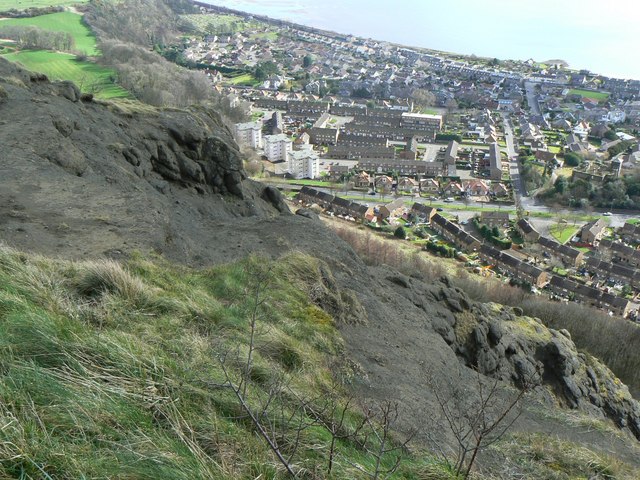
The first trail is ash – microscopic volcanic glass that acts like a fingerprint, linking far-flung cores of mud and ice back to Santorini’s caldera. In coastal sediments along northern Crete, scientists have described chaotic layers of marine sands and ripped-up pottery that align with tsunami surges. Inland, quiet clues multiply: soot-darkened roof beams, storage jars left sealed and never reopened, and streets where daily objects lie where their owners dropped them. The further you step from the sea, the more the story changes from destruction to disruption, and that contrast has become one of the most revealing patterns.
There are cultural breadcrumbs too. Fresco styles leap across the Mediterranean, turning up in Egyptian delta sites and hinting at artisans on the move. Pumice traced to Santorini appears in contexts that document deep trade ties, suggesting how widely the shockwave rippled. Even with such evidence, the missing pieces – ships, cargoes, and waystations – still feel like ghosts we almost see out of the corner of the eye.
From Ancient Tools to Modern Science
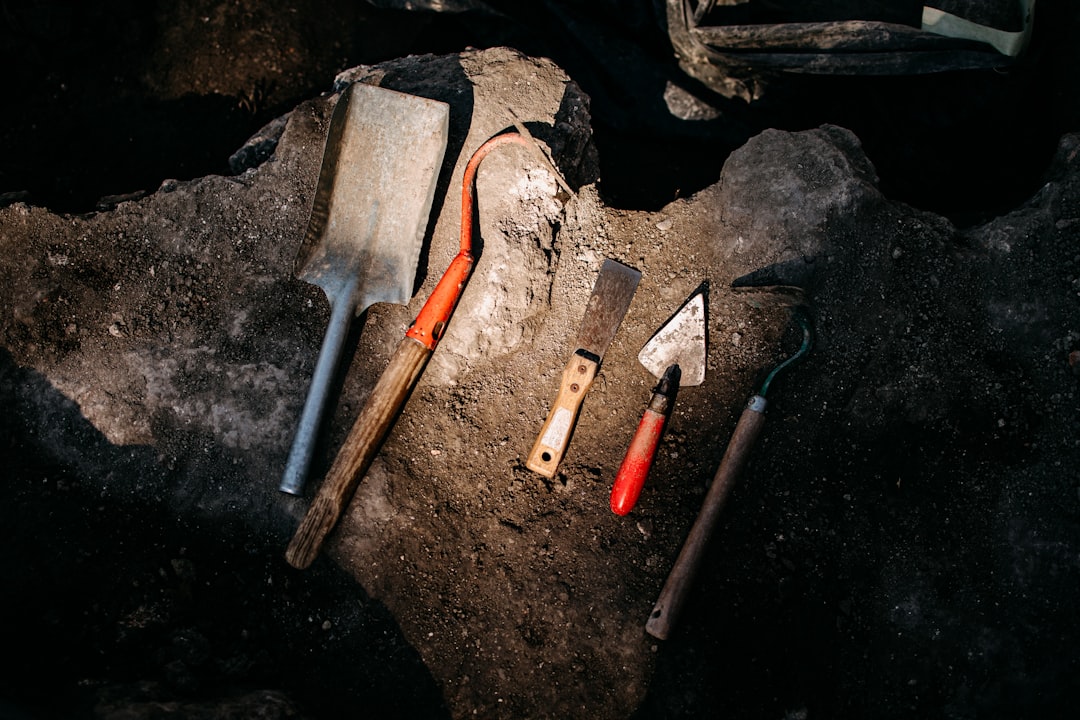
Today’s toolkit would look like sorcery to the people it studies. Archaeologists pull cores from seabeds and measure tephra chemistry to match eruptions to layers as neatly as matching keys to locks. Ground-penetrating radar and magnetometry scan fields for buried harbors without turning a single spade, while drones stitch thousands of images into centimeter-accurate maps. Underwater, autonomous vehicles trace drowned coastlines, hunting for wharf lines, anchors, and cargo that slipped below the waves.
Radiocarbon dating has tightened timelines, even as debates persist about exact years. Ancient DNA adds a biological thread, revealing population continuity in some places and fresh admixture in others, the human echo of displaced families finding new homes. Together, these methods convert rumor into probability and probability into a narrative sturdy enough to test and revise.
Competing Theories, Layer by Layer

Was the eruption the sole culprit, or just the match struck in a room already filled with fumes? One camp argues for a cascade: ash-darkened skies and failed harvests, fleets shattered by tsunamis, and rival powers seizing weakened ports. Another emphasizes resilience, noting settlements that reorganized inland and craftsmen who kept producing distinctive wares after the catastrophe. The truth likely weaves these strands, varying from island to island and harbor to harbor like weather along a coastline.
Chronology shapes the argument. If the eruption predates certain political upheavals by decades, the story leans toward a long fuse rather than instant collapse. If it coincides tightly, the case for instantaneous unmaking grows stronger. Each newly dated timber or freshly traced ash shard nudges the needle, showing how fragile grand theories can be when a single beam of wood moves the timeline by a human lifetime.
Global Perspectives
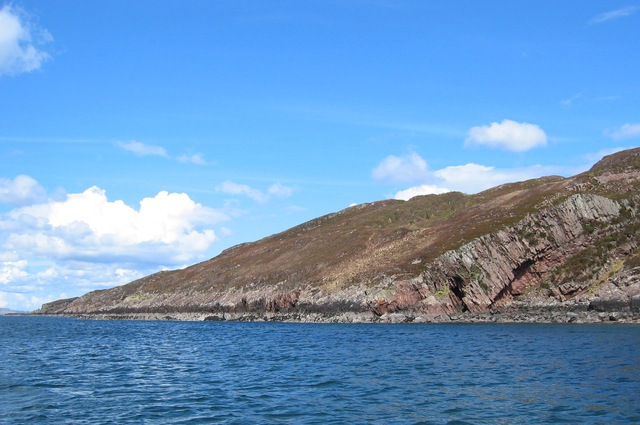
What happened in the Aegean was not unique; it was unusually well-preserved. Across the world, riverine and coastal societies have faced sudden shocks – earthquakes, volcanic blasts, storm surges – that snap social bonds and scatter memory. The Aegean case has become a reference frame for interpreting abrupt change elsewhere, from drowned rice terraces to silted harbors in deltas that shifted course. It teaches that the map of past civilizations is a palimpsest, constantly edited by geology as much as by kings.
It also underscores how deeply trade knits people together. When one hub fails, the ripples are not local but continental, echoing in pottery styles, metal sources, and household diets. The lesson cuts forward to the present: networks concentrate wealth and knowledge, but they can concentrate risk too, especially along the margins where sea and land wrestle for space.
Why It Matters

This story isn’t just antiquarian romance; it is a manual for reading risk. Traditional narratives of collapse tended to blame invading armies or moral decline, but the Aegean case forces us to account for environmental triggers and their social amplifiers. It shows that a community’s fate depends as much on redundancy in food and water, backup landing sites, and flexible trade partners as on fortifications. It reframes resilience from a buzzword into a measurable set of choices embedded in infrastructure and habit.
For modern planners, that’s a compass. Ports still cluster near fault lines, industries still rely on single bottlenecks, and coastal housing still pushes into floodplains. Archaeology gives us examples with consequences already written, a rare chance to test ideas about recovery, relief, and redesign against the ledger of deep time.
In the Field Today
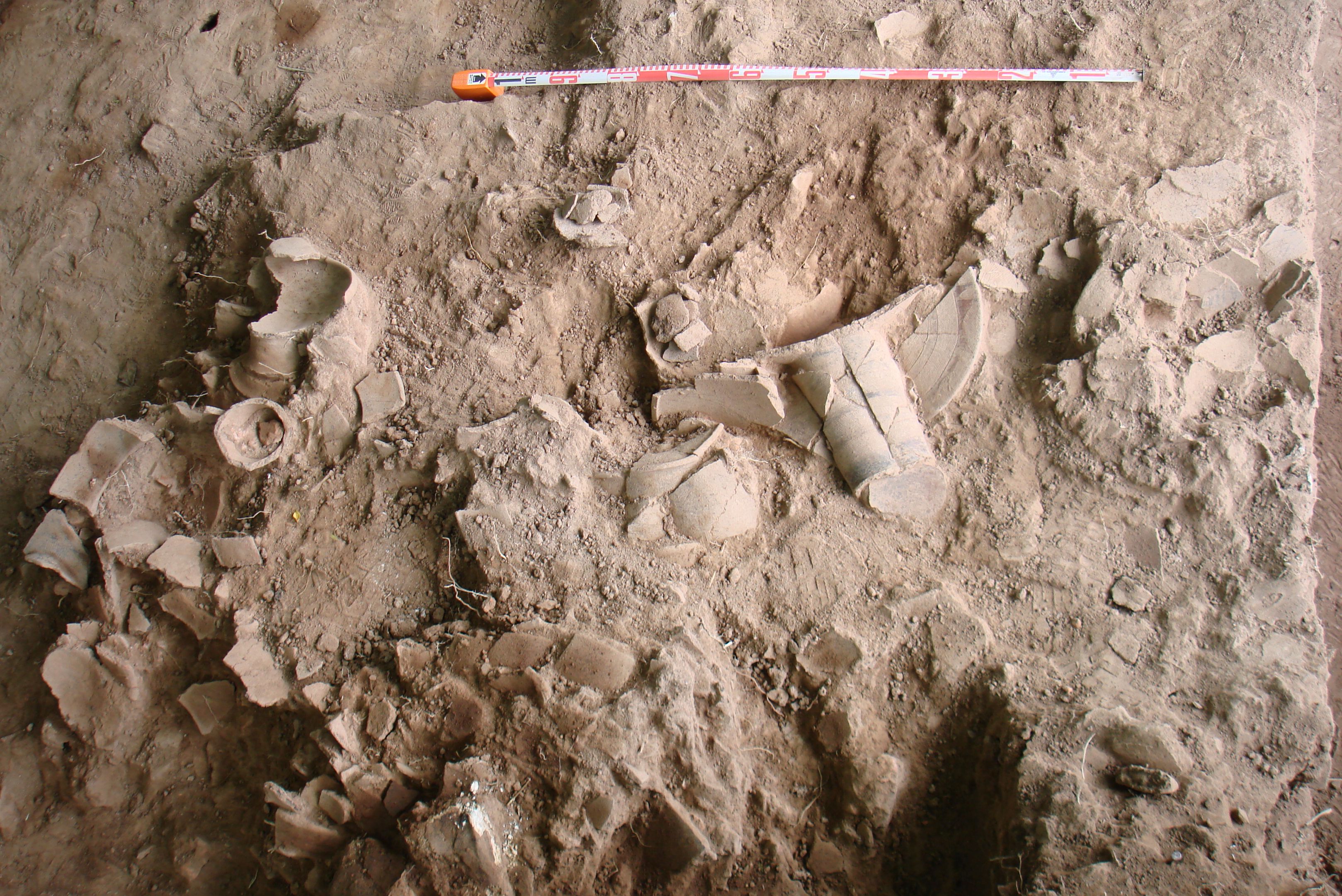
On a summer dig, the work looks almost humble: trowels, notebooks, dust, then the quiet gasp when a wall line appears. Teams now pair that craft with sampling protocols worthy of a chemistry lab, bagging sediments for microfossils and ash shards that will later talk louder than any statue. Offshore, divers move like careful dancers, documenting timbers and anchors that have become part of the seafloor’s fabric. Every artifact is a coordinate in an expanding grid, each layer a page that only makes sense when read in sequence.
What keeps the search urgent is the clock. Erosion chews at coastal sites, modern construction slices through ancient neighborhoods, and looting siphons context we can never replace. The paradox of the vanished civilization is that it is disappearing again, this time under pressures we can control if we choose to.
What We Still Don’t Know
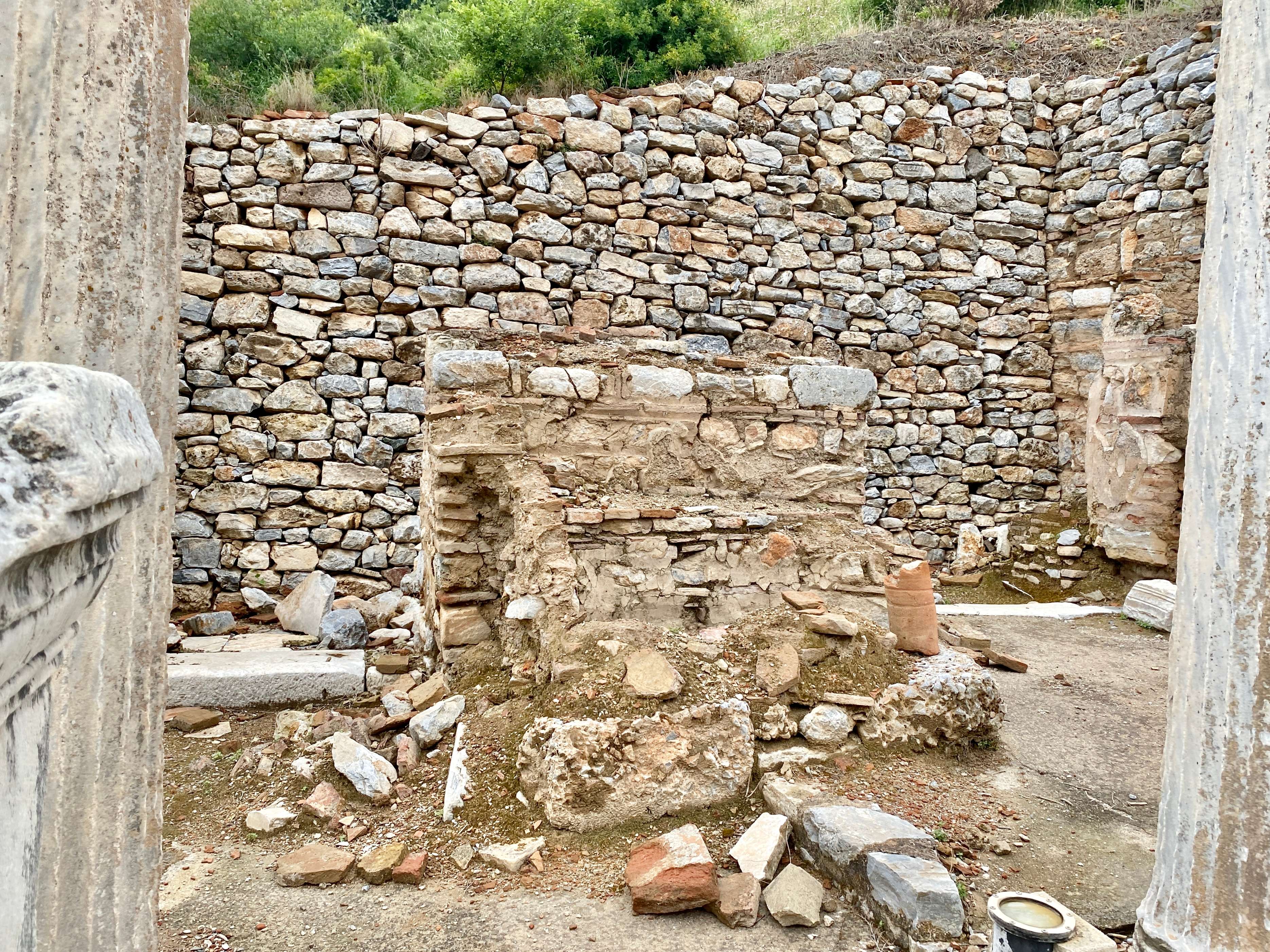
There are gaps big enough to sail a trireme through. Where exactly were the biggest harbors along the now-drowned margins, and how many ships were at sea when the waves rose? Did displaced families resettle en masse in particular regions, leaving a demographic footprint we can detect, or did they diffuse so widely that the signal is a whisper? We also lack a complete ledger of what failed first – crops, storage, trade, or leadership – and in what order.
The undeciphered script known as Linear A stands like a locked archive in the middle of this mystery. If it yields, we might hear the voices of administrators and sailors describe their world from the inside. Until then, scientists must triangulate from architecture, residues in jars, and the stubborn logic of logistics, resisting the lure of neat stories when the evidence points to messy lives.
The Future Landscape
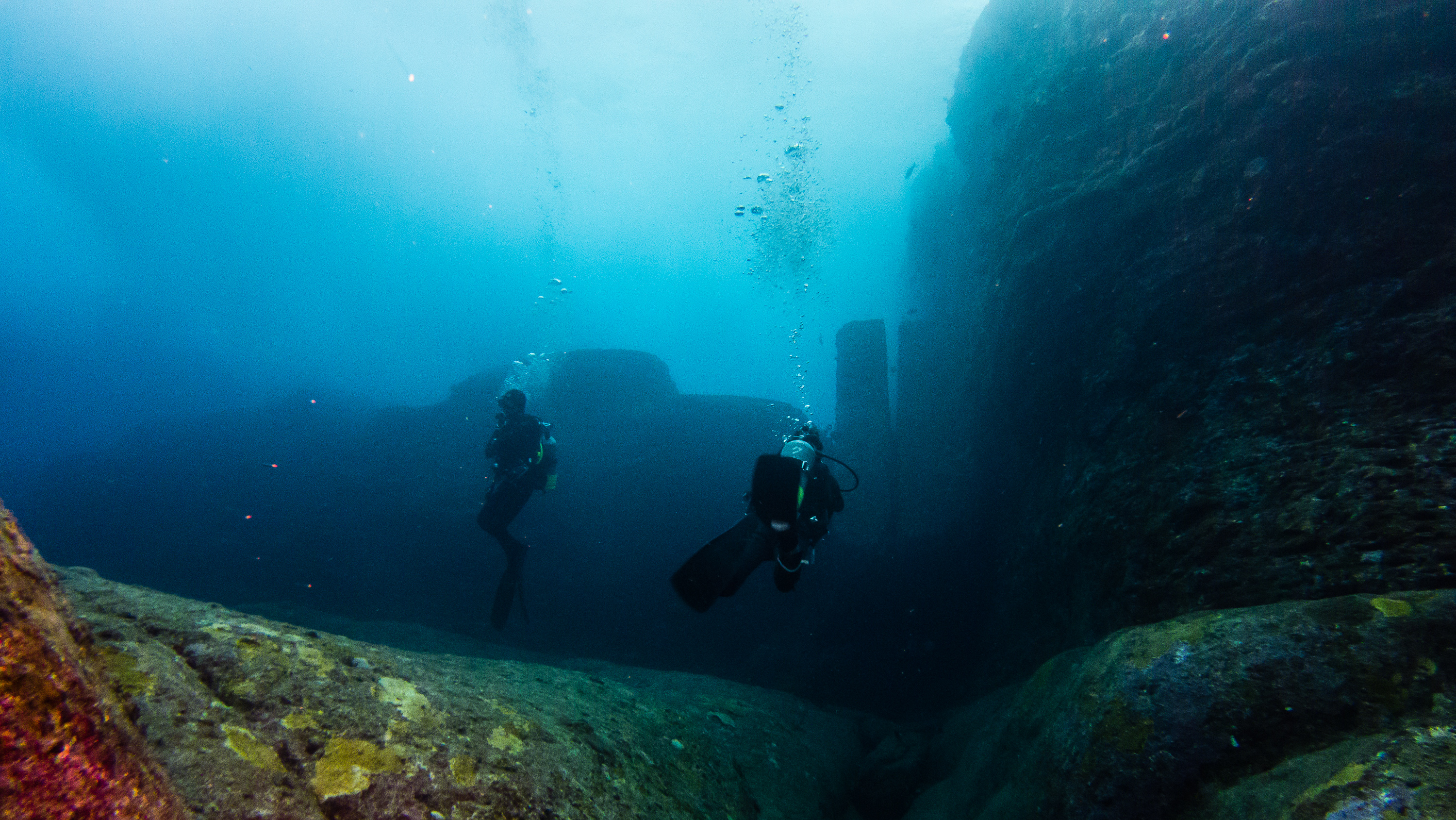
The next breakthroughs may come from places we rarely look. High-resolution seabed mapping is outlining ancient shorelines with startling clarity, and machine learning is starting to flag anomalies – rectangles, rows, and right angles – that the human eye misses in hours of sonar imagery. Advances in radiocarbon calibration promise tighter clocks that can compress debates from centuries to decades. Meanwhile, sediment DNA is emerging as a way to fingerprint past ecosystems, potentially revealing abrupt changes in crops, pests, and livestock that track human upheaval.
The challenge will be synthesis as much as discovery. As datasets balloon, the real art will be weaving physics, geology, biology, and history into a testable narrative that honors uncertainty without drowning in it. If that happens, the coastline that seemed to vanish in a night may reappear on our screens, pier by pier and street by street, a ghost-map becoming solid again.
Conclusion
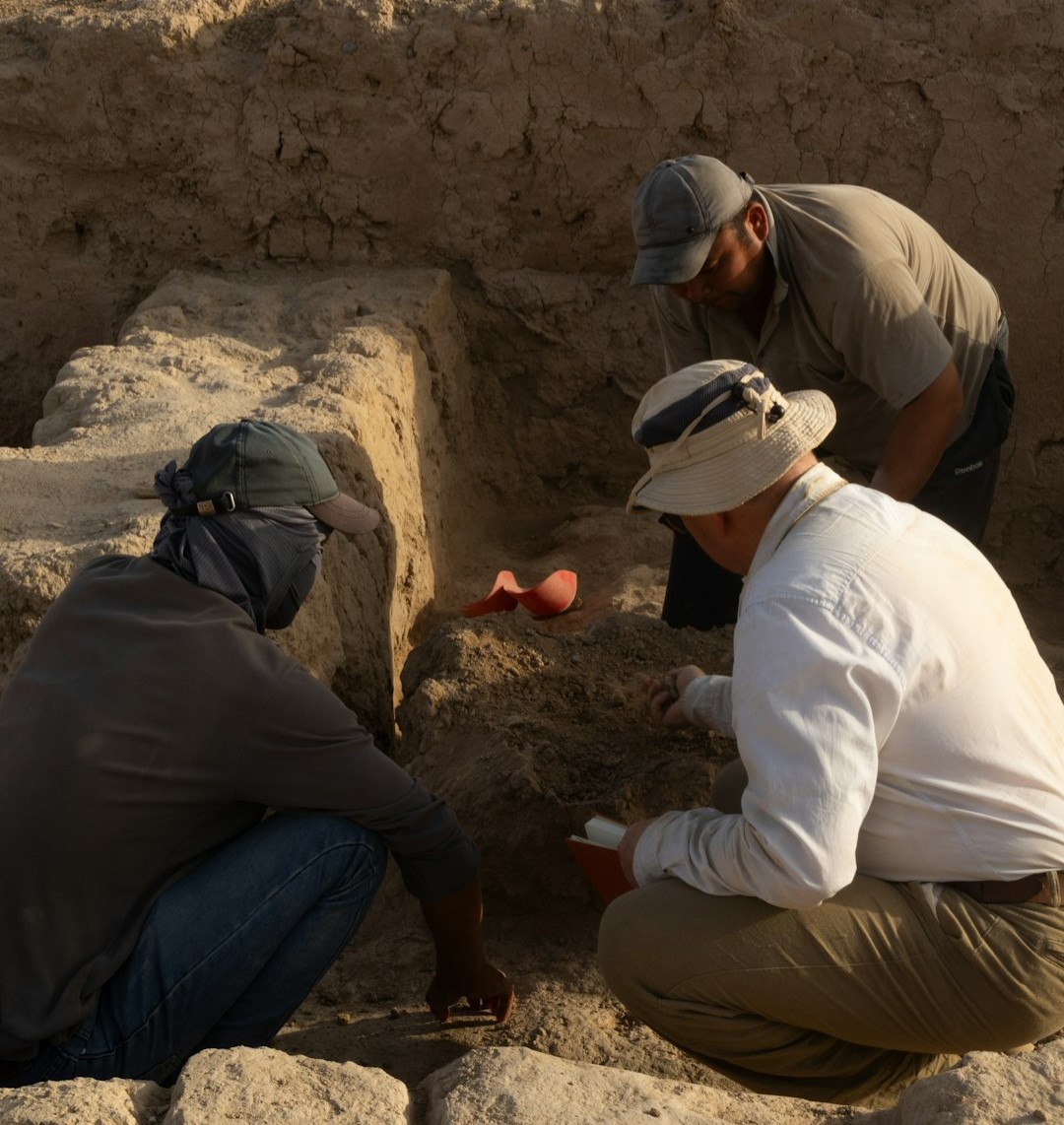
There are simple ways to help this search along. Museum visits and public lectures keep fieldwork funded and accountable, and local heritage groups often host volunteer days that protect sites from erosion and litter. If you live near a coast, support policies that preserve wetlands and dunes, because those same buffers that protect ancient shorelines protect today’s homes. Consider donating to archaeological trusts that publish open data, letting students and independent scholars test ideas on the same evidence professionals use.
Above all, stay curious and ask hard questions when stories sound too tidy. Archaeology moves forward when many eyes, and many kinds of expertise, stay focused on the long view. The civilization that seemed to vanish overnight didn’t leave by magic; its trail is there for anyone willing to look closely, patiently, and together. Did you expect that?

Suhail Ahmed is a passionate digital professional and nature enthusiast with over 8 years of experience in content strategy, SEO, web development, and digital operations. Alongside his freelance journey, Suhail actively contributes to nature and wildlife platforms like Discover Wildlife, where he channels his curiosity for the planet into engaging, educational storytelling.
With a strong background in managing digital ecosystems — from ecommerce stores and WordPress websites to social media and automation — Suhail merges technical precision with creative insight. His content reflects a rare balance: SEO-friendly yet deeply human, data-informed yet emotionally resonant.
Driven by a love for discovery and storytelling, Suhail believes in using digital platforms to amplify causes that matter — especially those protecting Earth’s biodiversity and inspiring sustainable living. Whether he’s managing online projects or crafting wildlife content, his goal remains the same: to inform, inspire, and leave a positive digital footprint.

